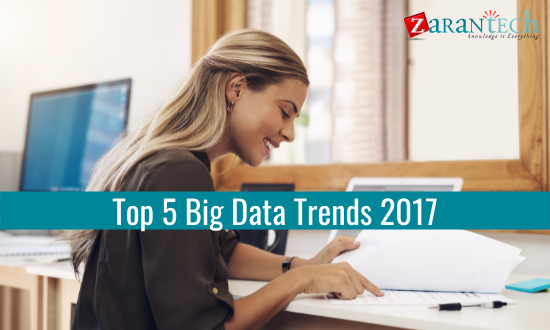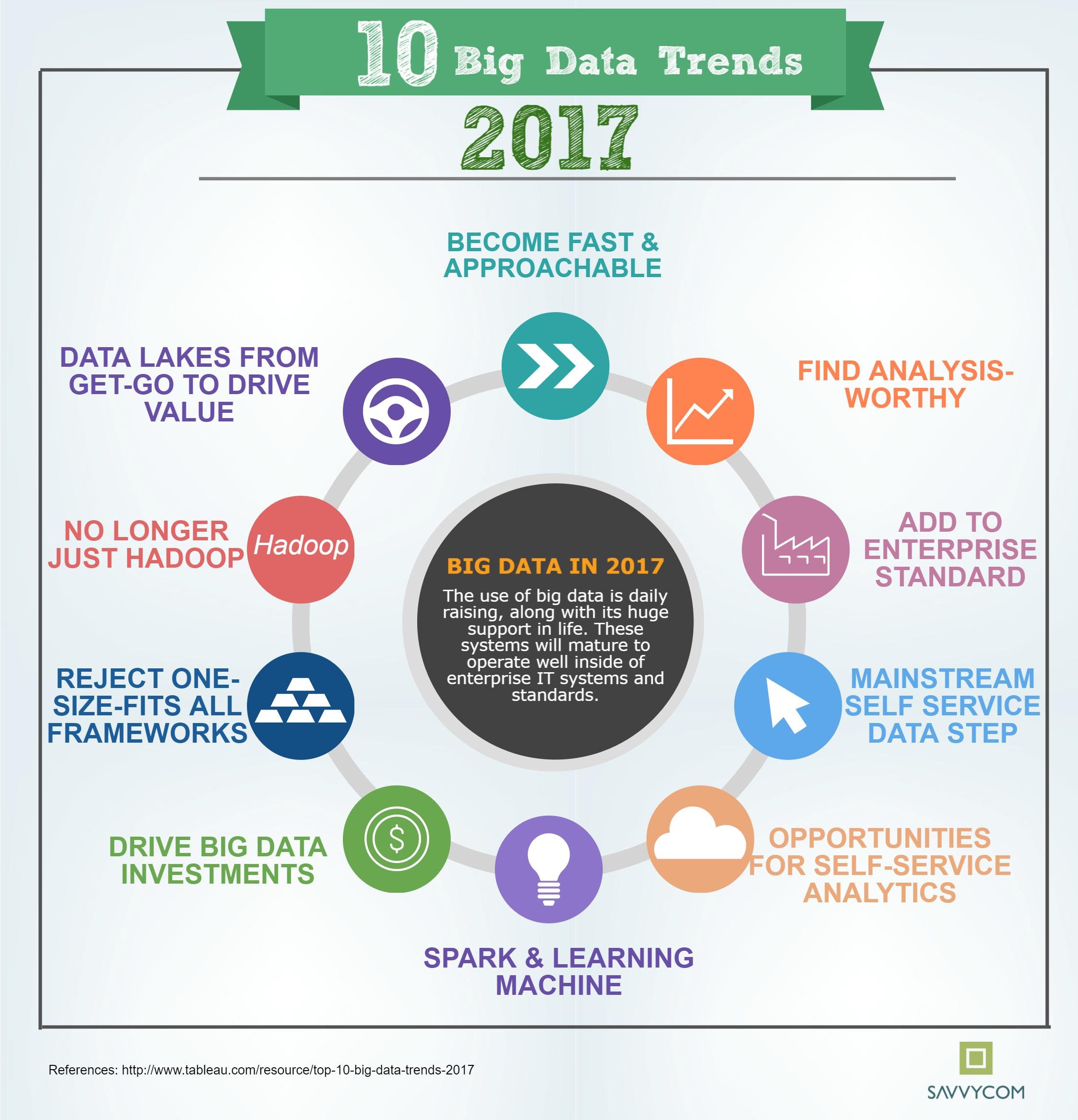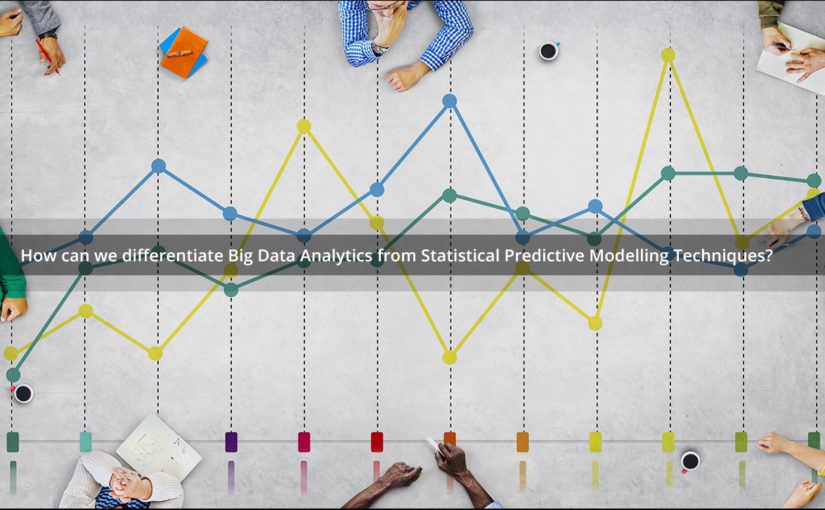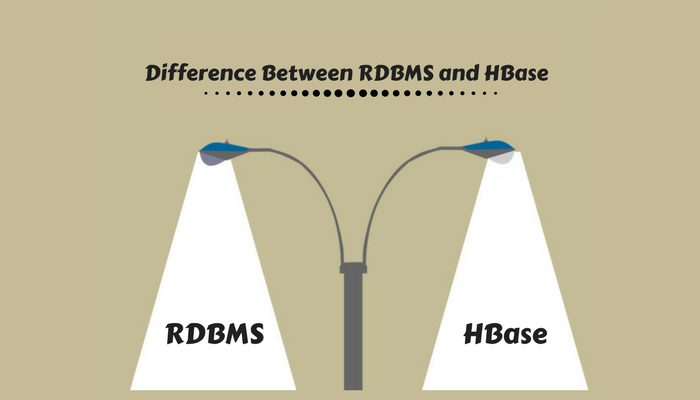Top 5 Big Data Trends 2017
Category: Hadoop Posted:Dec 15, 2017 By: Serena Josh
The year 2016 was more significant than most enterprises realized across the world, with great strides being made in terms of storage, processing and drawing value from data of every form. According to market experts, the year 2017 also followed the same trend, but with greater intensity as all market pundits will note. Systems supporting massive volumes of both unstructured and structured data have begun to rise a great deal in the past few months, with the trend showing no signs of slowing down.
The IT market currently is looking towards platforms that enable data custodians to govern and secure Big Data in a way, never before thought possible. Also desirable in the market currently is the need to empower users to analyze the respective data. Such systems are predicted to mature rapidly over short periods of time to operate smoothly within the ambit of enterprise standards set forth for systems.

1. Big data becomes fast and approachable
With options in Hadoop expanding at phenomenal speeds, there is proportional acceleration seen in Hadoop. Even though users can execute machine learning and sentiment analysis on Hadoop, the skeptics always question the speed of interactive SQL. Since, SQL acts as the means through which Hadoop data is used for accelerated and repeatable Key Performance Indicator dashboards along with exploratory analysis.
Enterprises have always hungered for more speed as mentioned above, which has been made clear with the adoption of faster databases such as MemSQL and Exasol. Also included is the adoption of Hadoop-based stores like Kudu. There are also several other technologies that enable accelerated queries. They do use SQL-on-Hadoop engines such as Hive LLAP, Phoenix, Presto and Apache Impala and OLAP-on-Hadoop technologies such as Kyvos Insights, Jethro Data and AtScale. These are all query accelerators which are melding Big Data with conventional warehouses.
2. Big data is not limited to just Hadoop anymore
As of late, it has been observed by market experts that Purpose-built tools for Hadoop have become obsolete. The growing trends in Big Data are leading to creation of new technologies that take care of analytics on Hadoop. Companies currently with complex and heterogeneous environments need more than just Hadoop in terms of a singular siloed BI access point. Answers to the complex business questions lie dormant within several sources varying from record systems to Cloud warehouses, and structured and unstructured data both from Hadoop and Non-Hadoop sources. The transformation with regard to Big Data is such that, even relational databases thought incapable of mods are being readied for Big Data. A great example for this is SQL Server 2016 which has added JSON support recently.
2017 onwards, customers across all domains, on a global scale will ask for analytics on all possible data – according to market experts and research. This is the time to shine for platforms that are data and source-agnostic, and it is a proportionally bad time for purpose-built platforms made exclusively for in the end. Platfora being shelved is proof for this theory.
3. Enterprises are harnessing data lakes from the beginning to boost value
A data lake is pretty similar to the real thing a man-made reservoir. The first step would be to dam the end of the lake, which is to build to cluster. The next step would be to store the water, meaning let the data accumulate and then finally to harness the data for all purposes needed. This can range from cyber security to predictive analytics on all levels across the enterprise.
Until the present, just creating ways to gather and store data has been a task by itself. From 2017 onwards, the next phase is expected to begin with enterprises asking for more justifications for the very same tool Hadoop. Enterprises will look towards use of data lakes for repeatable and agile uses, in a quest for accelerated answers. They will carefully look into business outcomes before diving into investments in infrastructure, personnel and data. This is turn will bring about a partnership between business and IT. Self-service platforms will also benefit from in-depth recognition as the go-to tool for the harnessing of Big Data assets.
Up until now, hydrating the lake has been an end in itself. In 2017, that will change as the business justification for Hadoop tightens. Organizations will demand repeatable and agile use of the lake for quicker answers. They’ll carefully consider business outcomes before investing in personnel, data, and infrastructure. This will foster a stronger partnership between the business and IT. And self-service platforms will gain deeper recognition as the tool for harnessing big-data assets.
You may also like to read Why Big Data will take the World by Storm in 2018
4. Architectures have matured enough to reject one-size-fits all frameworks
Hadoop has ceased to be a mere batch-processing platform for data-science use cases. It is a multi-purpose engine used for ad-hoc analysis. This is also being used for operational reporting on everyday workloads – which is mainly the type that is conventionally managed by data warehouses.
Post 2017 will see enterprises responding to such hybrid needs and requirements by chasing use case-specific architecture and design. They will research a wide spectrum of factors which will include questions, user personas, quantities, data speeds, frequency of access and even the level of aggregation required before actually committing to a particular data strategy. Such modern-reference architecture will be needs-driven in the end. They will aim to integrate the most efficient self-service data-prep tools, Hadoop Core and end-user analytics platforms in methods which can be re-modified as the needs change with time. Tech choices will ultimately be driven by the flexibility of said choices.
Register here for Live Webinar on HADOOP
5. Variety, not volume or velocity, drives big-data investments
The global phenomenon in research-Gartner defines big data as the three:
High-volume, high-velocity, high-variety information assets – and all three aspects are growing, but variety seems to be the biggest driver amongst most Big Data investments. This is confirmed by a research done by New Vantage partners. Such a trend is predicted to continue since businesses are seeking to integrate a larger number of sources and focus on what is known as the long tail of Big Data. Data formats are growing and connectors are becoming highly critical. This can be observed from schema-free JSON to nested types in other databases (relational and NoSQL), to non-flat data (Avro, Parquet, XML). 2017 onwards will see a large trend that analytics platforms will be evaluated based on their ability to provide live direct connectivity to these disparate sources.
Go through our Top 20 Hadoop Developer Interview Questions to crack your next interview.
Conclusion
Considering the speed with which Big Data trends are growing and gaining momentum, it is safe to safe all enterprises across the world, irrespective of domain will need to get with the program in order to stay in the data-driven race! For more training needs please visit our website.
Do check out the tutorial for Beginners:




 99999999 (Toll Free)
99999999 (Toll Free)  +91 9999999
+91 9999999